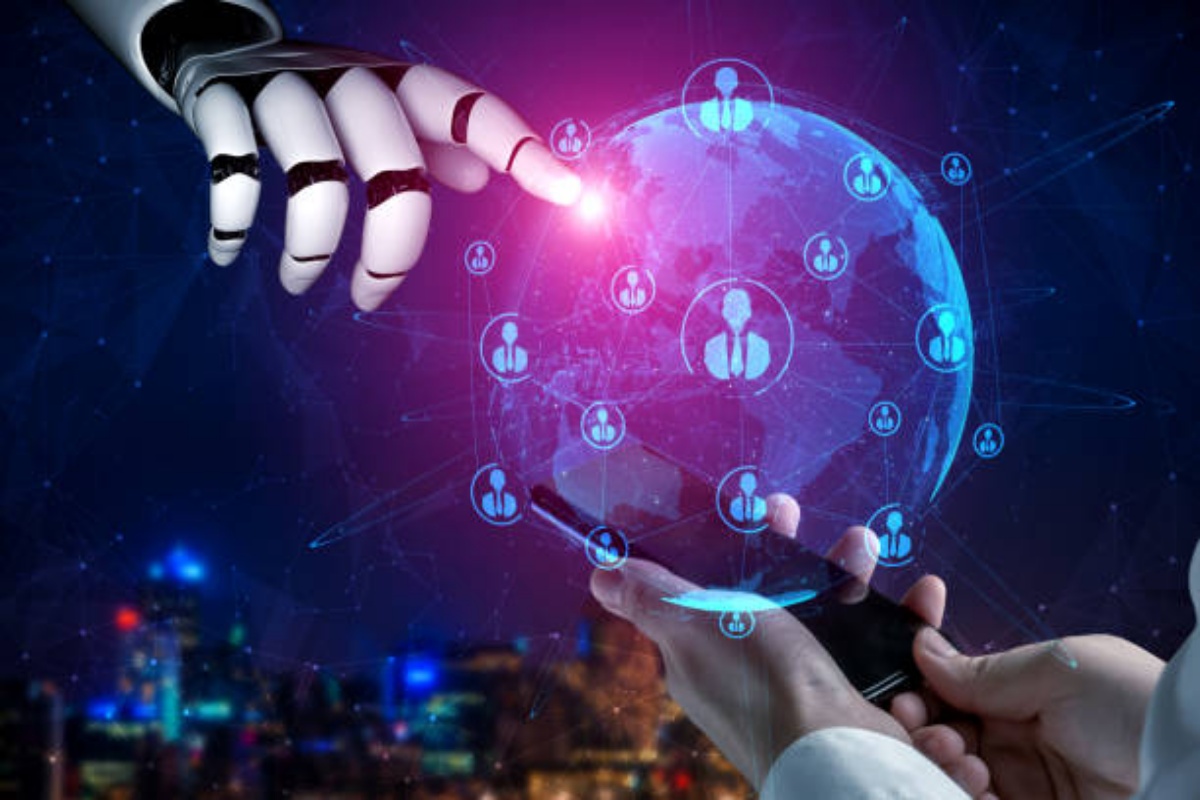Introduction
The rise of artificial intelligence (AI) is not just a technological revolution—it’s a workplace revolution. As AI technologies become more sophisticated, they are reshaping how work is done, especially in the remote tech sector. From software development to customer support, AI is influencing job roles, workflows, productivity, and the future of employment itself. This transformation is profound, offering both opportunities and challenges for remote workers across the globe.
In this article, we explore the many dimensions of how AI is transforming remote tech jobs, the new roles it’s creating, and how professionals can adapt to thrive in an AI-augmented world.
1. Automating Routine Tasks
One of the most visible impacts of AI on remote tech jobs is the automation of repetitive and time-consuming tasks. AI-powered tools now handle activities such as:
- Code generation and debugging using tools like GitHub Copilot or Tabnine.
- Data entry and cleansing using machine learning algorithms.
- Automated testing through continuous integration/continuous deployment (CI/CD) pipelines.
These tools free up human workers to focus on higher-level strategic tasks, such as architecture design, innovation, and customer-centric problem solving.
2. Enhancing Collaboration and Communication
Remote work hinges on effective communication. AI-powered communication tools have significantly improved how remote tech teams collaborate:
- AI meeting assistants like Otter.ai and Fireflies automatically transcribe and summarize meetings.
- Smart email and messaging tools prioritize messages, suggest responses, and reduce miscommunication.
- Language translation tools powered by AI break down global barriers, allowing truly international collaboration.
These enhancements not only boost productivity but also ensure smoother workflows and reduced misunderstanding across distributed teams.
3. Personalized Learning and Skill Development
The tech industry evolves rapidly, making continuous learning essential. AI is playing a critical role in personalizing education and upskilling:
- Adaptive learning platforms tailor course content to individual learning styles and paces.
- Skill assessment tools identify gaps and recommend tailored learning paths.
- AI-driven coding tutors provide real-time feedback and hints, mimicking human instructors.
Remote tech professionals can now develop skills faster and more efficiently, staying competitive in an ever-changing landscape.
4. Revolutionizing Hiring and Talent Matching
Recruitment is being redefined by AI in the remote tech sector. Companies increasingly rely on intelligent systems for:
- Resume screening and candidate ranking using natural language processing (NLP).
- Behavioral assessments via AI to evaluate cultural fit and soft skills.
- Smart matching platforms like Turing and Toptal that align developers with projects based on skills, availability, and preferences.
This reduces hiring time, improves the quality of hires, and levels the playing field for remote talent worldwide.
5. Creating New Job Roles and Specializations
While AI is automating certain tasks, it’s also creating new career paths and reshaping existing ones:
- AI/ML Engineers are in high demand to design, train, and optimize algorithms.
- Prompt Engineers specialize in crafting effective inputs for generative AI systems.
- AI Ethicists and Policy Analysts ensure responsible use of AI technologies.
- AI Tool Integrators help companies embed AI tools into existing tech stacks.
Remote tech professionals can transition into these new roles with the right training and mindset, opening doors to the industries of the future.
6. Improving Productivity Through Smart Tools
Remote tech workers now use AI-driven tools that directly enhance productivity and efficiency:
- Project management platforms with AI (like ClickUp or Asana) predict deadlines, suggest task delegation, and identify blockers.
- Time tracking and focus tools such as RescueTime use AI to analyze work habits and optimize schedules.
- AI code review tools provide suggestions to improve code quality and consistency.
These tools allow teams to do more with less, especially in remote environments where self-management is crucial.
7. Challenges and Ethical Considerations
Despite the benefits, AI also introduces challenges and ethical concerns for remote tech workers:
- Job displacement: Some fear that AI will replace developers and IT professionals, especially in junior or repetitive roles.
- Bias and fairness: AI systems trained on biased data can perpetuate unfair practices in hiring or performance reviews.
- Privacy concerns: Monitoring tools that use AI may intrude on workers’ autonomy and raise data privacy issues.
Balancing AI’s benefits with ethical implementation is vital for creating a fair and inclusive remote work environment.
8. The Human-AI Collaboration Model
The future of work is not about AI replacing humans but humans working with AI. The most successful remote tech professionals will be those who:
- Embrace AI as a collaborative partner.
- Focus on uniquely human skills like creativity, critical thinking, and empathy.
- Learn how to manage, interpret, and steer AI systems toward beneficial outcomes.
This hybrid model fosters innovation and resilience in remote tech teams, blending the strengths of both man and machine.
9. Globalization and Access to Opportunity
AI, combined with remote work, has democratized access to tech jobs:
- Companies can tap into global talent pools, removing geographic limitations.
- Skilled individuals from underserved regions can now compete on equal footing.
- Platforms enhanced by AI better match talent to opportunities, making the job market more meritocratic.
This shift is helping build a more inclusive and diverse tech workforce.
Conclusion
AI is not just transforming remote tech jobs—it is redefining what work means in the digital age. From automating mundane tasks to enabling more strategic roles, AI is both a disruptor and an enabler. The tech professionals who adapt, learn, and collaborate with AI will lead the next generation of innovation.
As the boundary between human capability and machine intelligence continues to blur, the key to thriving in this new era lies in embracing change, cultivating lifelong learning, and developing a mindset that sees AI not as a threat but as a powerful tool for growth and creativity.

